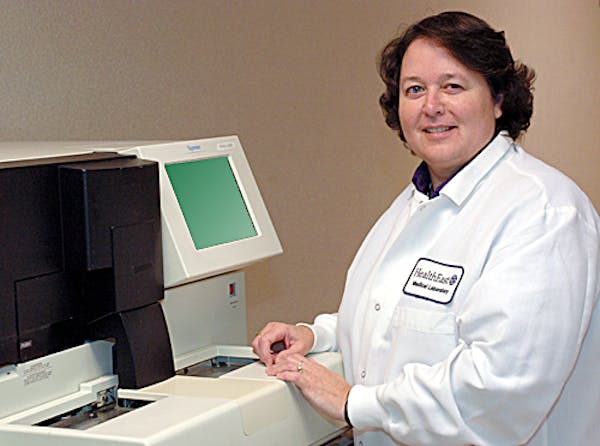Q: What's a typical workday for you?
A: My day begins at 7 a.m. with quality control procedures for the "hot lab." I check in all the radioactive material, and document type and quantity in the computer system. I then begin the quality control procedures on the nuclear medicine gamma cameras, making sure that they are within proper calibration and working correctly. Next, I begin checking and coordinate the studies on the daily schedule. It's important to coordinate studies because some patients need to return 30 minutes after injection while others may need to come back three hours after injection for their images. During the remaining day, I prepare and administer radioactive material, perform patient imaging procedures, do computer processing and image enhancement, provide images, data analysis and patient information to the radiologist for diagnostic interpretation.
Q: How does your role fit into the bigger healthcare picture?
A: As a nuclear medicine technologist, I get images from the patient and am able to obtain qualitative and quantitative data that assists physicians as they diagnose and treat disease.
Q: Who do you interact with during the course of the day?
A: I work closely with other nuclear medicine technologists, nurses, nuclear medicine physicians and primary care physicians.
Q: Why did you become a nuclear medicine technologist?
A: Healthcare is a growing field and nuclear medicine is a dynamic career involving interpersonal relationships and advanced technology skills.
Q: What do you like about your work?
A: I like interacting with the patient, their family and being involved with their healthcare.
In heated western Minn. GOP congressional primary, outsiders challenging incumbent

Minnesota Sports Hall of Fame: A class-by-class list of all members

This retired journalist changed professional wrestling from Mankato

